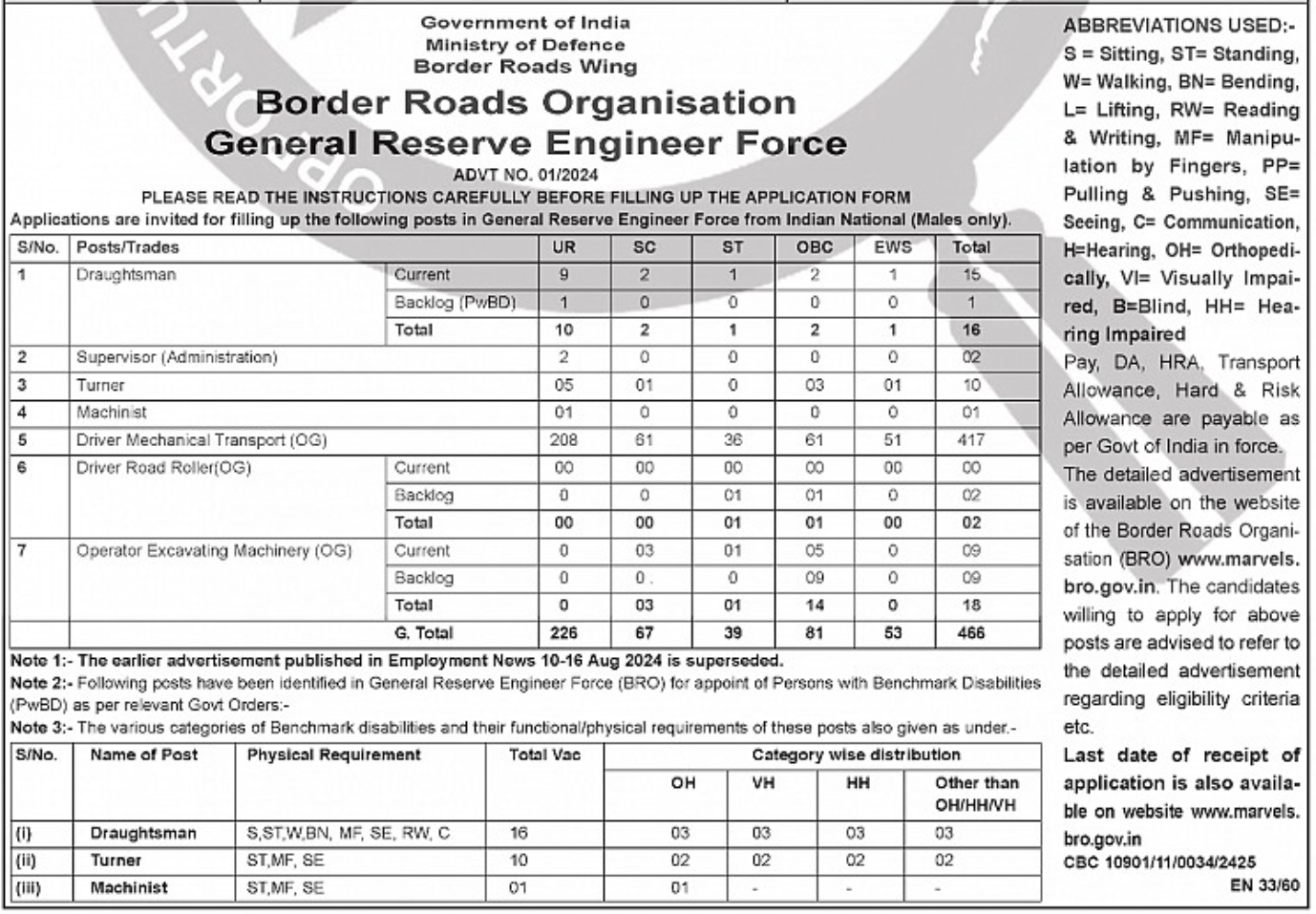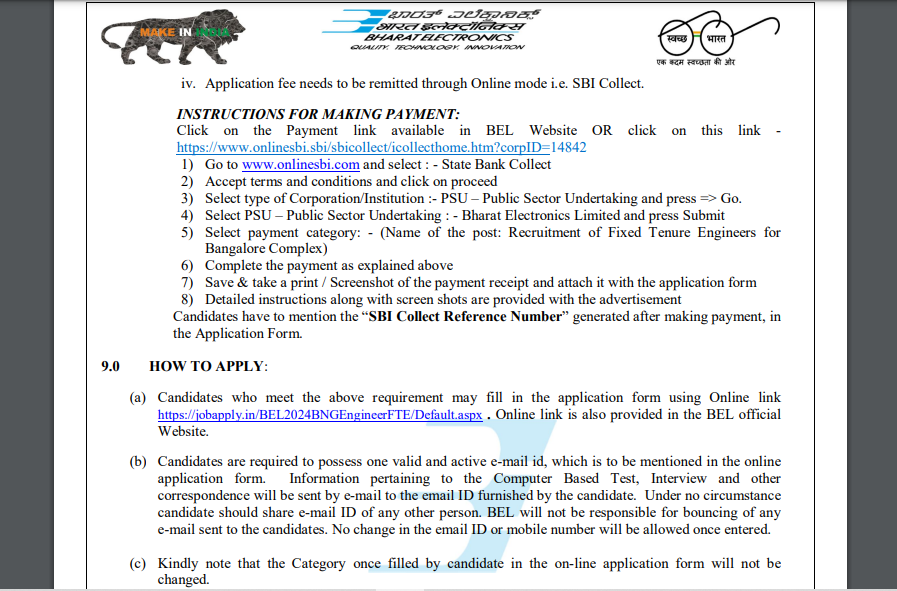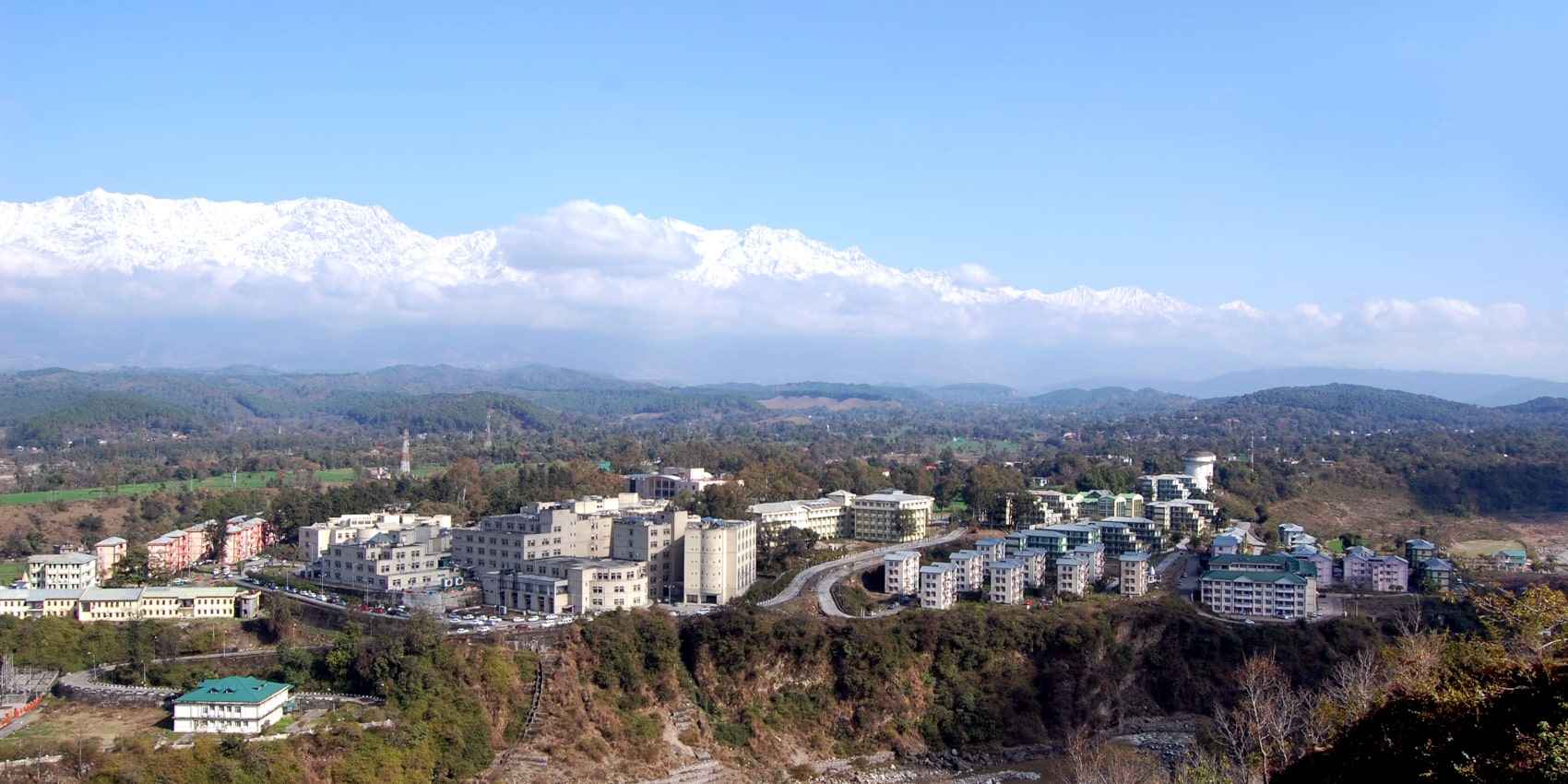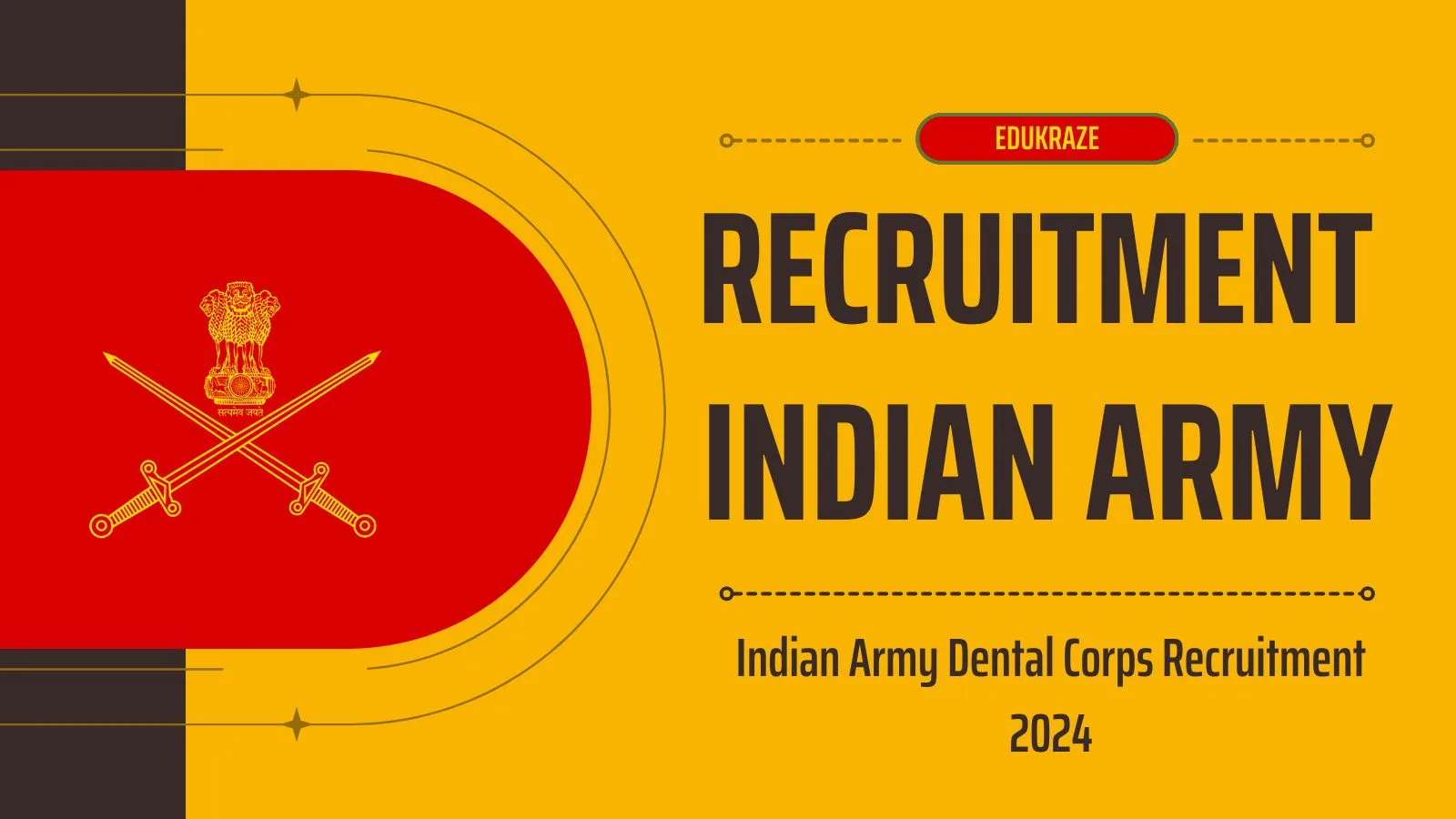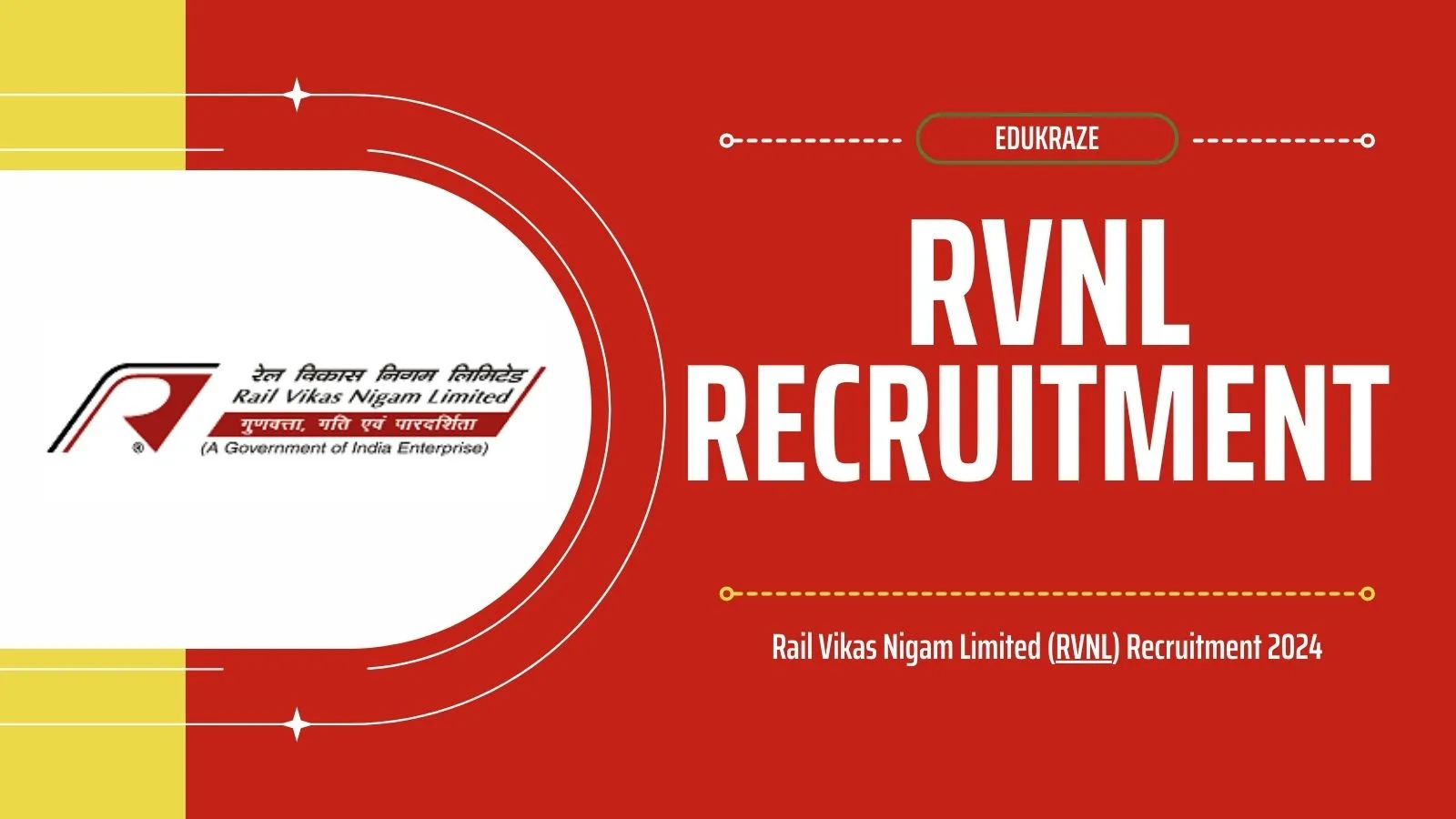Exams are an integral part of the education system, playing a crucial role in evaluating students’ knowledge and skills. In the context of India, the examination system holds immense significance, shaping the academic and professional future of millions of students. However, as India strives to compete in the global arena, it becomes essential to examine how its exams compare to international standards and identify areas for improvement.
Table of Contents
Overview of Indian Exams
Importance of Exams in Indian Education System
Exams in India carry immense weightage and are considered a vital means to measure students’ academic performance. They serve as gateways to higher education institutions and determine career prospects for individuals. The results of these exams can have a profound impact on students’ lives, leading to intense competition and high-stress levels.
Types of Indian Exams
Indian exams encompass a wide range of assessments, including board exams, entrance exams for professional courses, and competitive exams for government jobs. Board exams, such as the Central Board of Secondary Education (CBSE) and Indian Certificate of Secondary Education (ICSE) exams, are conducted at the secondary and senior secondary levels. Entrance exams like the Joint Entrance Examination (JEE) and National Eligibility cum Entrance Test (NEET) are conducted for admission into prestigious engineering and medical institutions, respectively. Competitive exams like the Union Public Service Commission (UPSC) and Staff Selection Commission (SSC) exams are conducted to recruit candidates for various government positions.
Challenges Faced in Indian Exams
Indian exams are not without their challenges. The sheer volume of students appearing for exams, coupled with limited resources and infrastructure, poses significant hurdles in conducting fair and efficient assessments. Issues like paper leaks, rampant cheating, and excessive pressure on students further add to the complexities of the system.
International Standards in Education
Comparison with Western Education Systems
When comparing Indian exams to international standards, it’s important to consider the contrasting approaches taken by Western education systems. While Indian exams often focus on rote learning and memorization, Western systems emphasize critical thinking, problem-solving, and application-based learning. The aim is to foster a deeper understanding of concepts rather than mere regurgitation of facts.
Different Approaches to Assessments
International standards in education also highlight the diverse approaches to assessments. While Indian exams tend to rely heavily on written examinations, international standards incorporate a broader range of assessment methods including practical demonstrations, presentations, projects, and collaborative activities. These alternative assessment methods aim to evaluate students’ comprehensive skills and their ability to apply knowledge in real-world scenarios.
Comparison between Indian Exams and International Standards
When comparing Indian exams to international standards, several key differences become apparent. These differences have implications for the depth of content coverage, the emphasis on rote learning, the development of critical thinking and analytical skills, the practical application of knowledge, and the assessment methods employed.
Content Coverage and Depth
Indian exams often require students to cover a vast amount of content, resulting in a broader but shallower understanding of subjects. On the other hand, international standards emphasize a deeper understanding of core concepts, allowing students to delve into topics in greater detail. This approach promotes critical thinking and a comprehensive grasp of the subject matter.
Emphasis on Rote Learning
One significant criticism of the Indian exam system is its emphasis on rote learning. Students are often required to memorize information without truly understanding its underlying principles. In contrast, international standards prioritize conceptual understanding, encouraging students to analyze and synthesize information rather than simply regurgitating facts.
Critical Thinking and Analytical Skills
International standards place a strong emphasis on developing critical thinking and analytical skills. Students are encouraged to question, analyze, and evaluate information, fostering independent and creative thinking. In contrast, the Indian exam system tends to focus more on reproducing information rather than fostering higher-order thinking skills.
Practical Application of Knowledge
International standards promote the application of knowledge to real-world situations. Students are encouraged to solve problems, think critically, and apply their learning in practical contexts. In comparison, Indian exams often focus on theoretical knowledge without providing ample opportunities for practical application.
Assessment Methods
Indian exams predominantly rely on written examinations, where students are assessed through essays, multiple-choice questions, and long-form answers. While these assessment methods have their merits, they may not fully capture a student’s true capabilities. International standards, on the other hand, incorporate a wider variety of assessment methods, including presentations, projects, and practical demonstrations, allowing students to showcase their skills in different ways.
Pros and Cons of Indian Exam System
The Indian exam system has its share of advantages and disadvantages. It is important to consider these factors when evaluating its effectiveness and potential for improvement.
Benefits of Indian Exam System
One of the strengths of the Indian exam system is its ability to create a competitive environment that motivates students to excel academically. The emphasis on exams helps instill discipline, time management, and a strong work ethic in students. Additionally, the standardized nature of exams ensures a level playing field for all candidates, promoting fairness and equal opportunities.
Drawbacks of Indian Exam System
Despite its benefits, the Indian exam system also faces criticism for its overreliance on rote learning and memorization. This approach may hinder the development of critical thinking, problem-solving skills, and creativity. The intense pressure associated with exams can lead to high-stress levels, mental health issues, and a narrow focus on academic success at the expense of holistic development.
The Need for Reform in Indian Exams
Considering the challenges and differences discussed, there is a clear need for reform in the Indian exam system. Reforms should aim to address the shortcomings of the current system and incorporate international best practices to create a more balanced and effective assessment framework.
Addressing the Challenges
Efforts should be made to address the challenges faced in conducting exams, such as ensuring better infrastructure, improved security measures, and the prevention of malpractices like paper leaks and cheating. Additionally, measures should be taken to reduce the burden on students and alleviate the intense pressure associated with exams, promoting a more holistic and supportive learning environment.
Incorporating International Best Practices
Indian exams should consider incorporating international best practices. This can be done by introducing more practical and application-based assessments that encourage critical thinking, problem-solving, and creativity. Diversifying the assessment methods beyond written examinations to include projects, presentations, and real-world simulations can provide a more comprehensive evaluation of students’ abilities.
Furthermore, the curriculum should focus on depth rather than breadth, allowing students to develop a deeper understanding of core concepts. This shift can be supported by promoting active learning methodologies, such as group discussions, research projects, and hands-on experiments, which engage students and foster a deeper connection with the subject matter.
Collaboration with international education institutions and organizations can also facilitate knowledge exchange and the adoption of best practices. This can include teacher training programs, curriculum development workshops, and partnerships for student exchanges, allowing for a broader perspective and exposure to different educational approaches.
It is important to acknowledge that reforms in the Indian exam system will require a concerted effort from all stakeholders, including policymakers, educators, parents, and students themselves. A collective commitment to prioritize holistic education, critical thinking, and skill development will pave the way for a more balanced and effective examination system.
Conclusion
In conclusion, the Indian exam system has its strengths and weaknesses when compared to international standards. While it fosters a competitive environment and provides standardized assessments, it often falls short in promoting critical thinking, practical application of knowledge, and comprehensive skill development. However, by addressing the challenges and incorporating international best practices, the Indian exam system can undergo meaningful reforms that empower students, encourage holistic learning, and align with global educational standards.
FAQs
- Are Indian exams too focused on memorization?
- While the Indian exam system has been criticized for its emphasis on rote learning, efforts are being made to shift towards a more holistic approach that promotes critical thinking and practical application of knowledge.
- How can Indian exams be made more practical?
- Indian exams can be made more practical by incorporating a wider range of assessment methods such as projects, presentations, and simulations that encourage students to apply their knowledge to real-world scenarios.
- Do international exams provide a better assessment of students’ abilities?
- International exams often prioritize critical thinking, problem-solving, and application-based skills, providing a more comprehensive assessment of students’ abilities compared to traditional Indian exams.
- What are the advantages of the Indian exam system?
- The Indian exam system fosters a competitive environment, instills discipline, and ensures a level playing field for all students, offering equal opportunities for academic success.
- How can Indian education reforms improve the examination system?
- Indian education reforms can improve the examination system by addressing challenges, promoting critical thinking, incorporating practical assessments, and aligning with international best practices to create a more balanced and effective framework.






